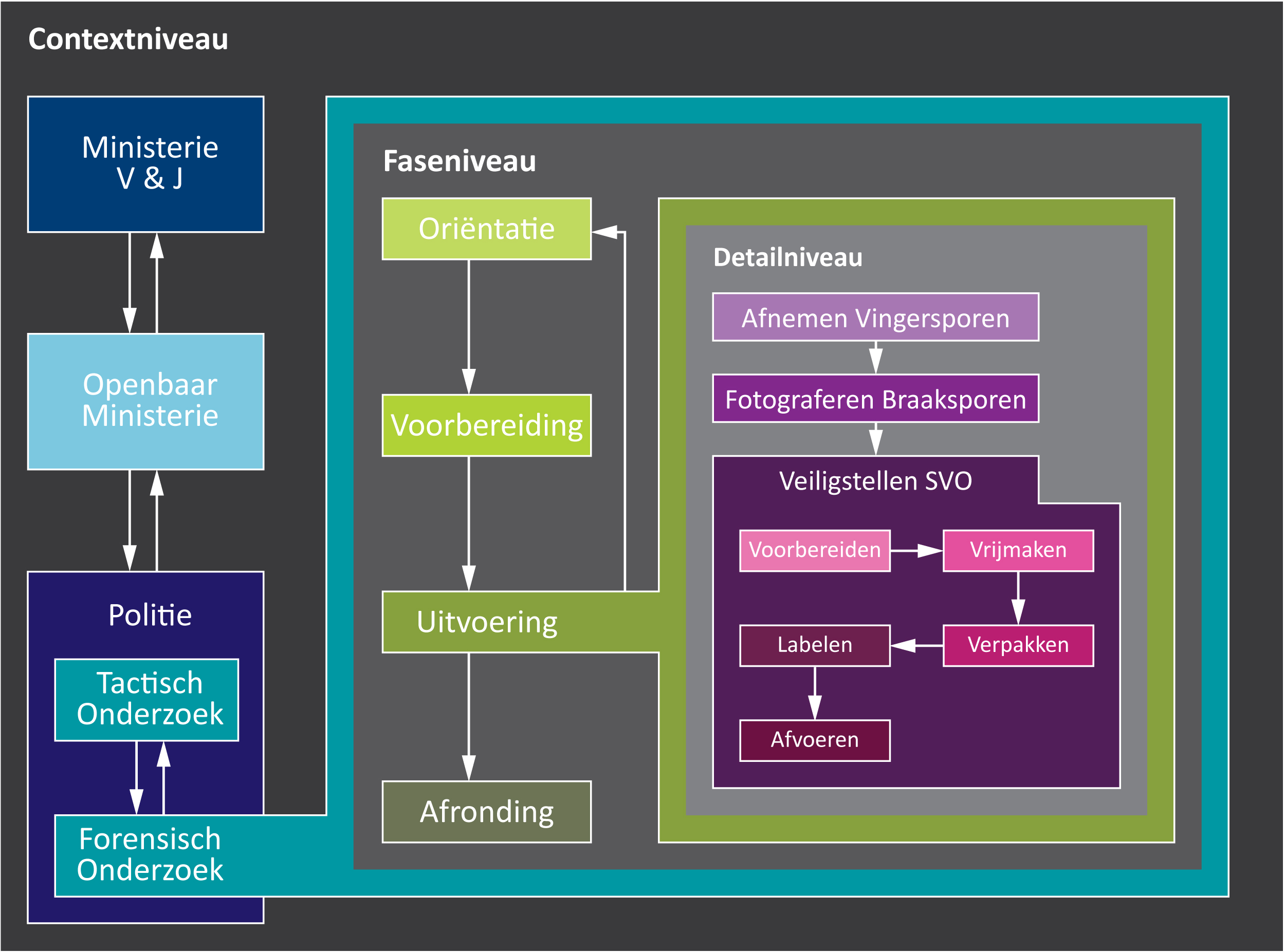Grant for forensic crime scene investigation
 The Department of BioMechanical Engineering at TU Delft has received a grant for its research on how to optimise the work method of forensic crime scene investigations. One of the scientists working in the CSI-PEEQ (Crime Scene Investigation Parameters for Efficiency, Efficacy and Quality) project team is Arjo Loeve, forensic engineering expert at the Department of BioMechanical Engineering. He is cooperating with researchers from the Amsterdam University of Applied Sciences and the Crime Science Innovation team from the Netherlands Forensic Institute (NFI). The grant was awarded by Police and Science, a programme of the Police Education Council’s Committee on Knowledge and Research.
The Department of BioMechanical Engineering at TU Delft has received a grant for its research on how to optimise the work method of forensic crime scene investigations. One of the scientists working in the CSI-PEEQ (Crime Scene Investigation Parameters for Efficiency, Efficacy and Quality) project team is Arjo Loeve, forensic engineering expert at the Department of BioMechanical Engineering. He is cooperating with researchers from the Amsterdam University of Applied Sciences and the Crime Science Innovation team from the Netherlands Forensic Institute (NFI). The grant was awarded by Police and Science, a programme of the Police Education Council’s Committee on Knowledge and Research.
The research project, entitled ‘From detecting to providing evidence: crime scene investigation for the entire criminal law chain’, ultimately focuses on developing a process model of the forensic crime scene investigation. The aim of this model is to raise awareness among forensic scientists about how material evidence can be used within the entire criminal law chain (what kind of traces of evidence they secure and why) and clarify whether and what types of (new) methods and technologies could be used to improve crime scene investigations.
‘From detecting to providing evidence: crime scene investigation for the entire criminal law chain’
The use of forensic results is of immense value during the reconstruction and presentation of evidence of a crime under investigation. It is extremely important that trace evidence in forensic research is collected with the proper goals in mind. This will generate results that are useful for all parties in the criminal law chain. However, it is still unclear what is understood to be optimum investigation of trace evidence and which work method contributes to the optimum use of forensic research by all parties in the criminal law chain. In the first place, this would require insight into the entire criminal law chain: how can the parties in question use forensic results and what criteria do investigations of trace evidence have to meet? Ultimately the CSI-PEEQ team’s research project should generate a quantitative model that makes the need for and the effects of policy and innovations at crime scenes measurable and predictable.
The Police and Science (Politie en Wetenschap/P&W) research programme
The Police and Science research programme serves as a bridge between science and police work. The idea is to conduct scientific research that actually leads to better police practice. The programme was launched in 1999, is independent in character and is funded by an annual contribution from the Ministry of Justice and Security. Read more here

